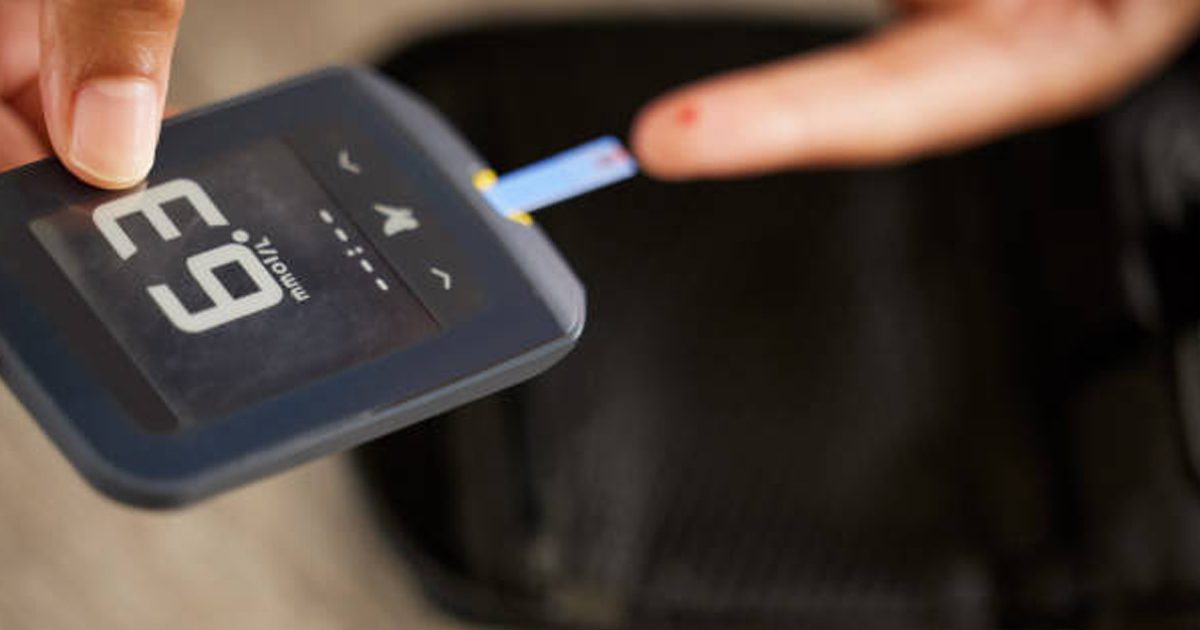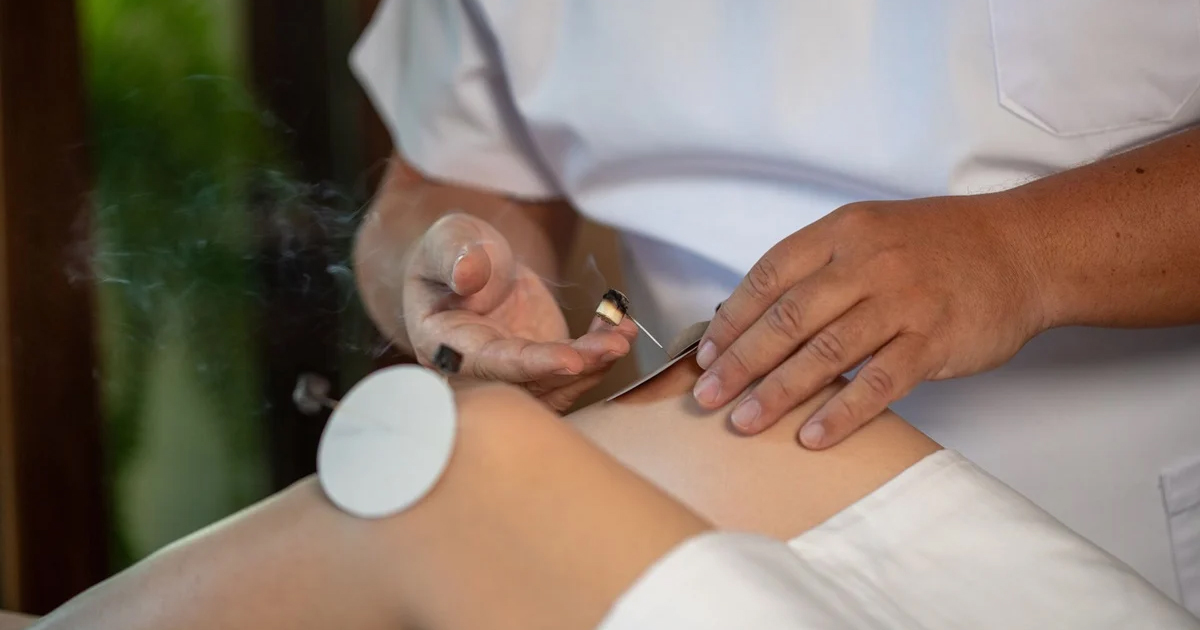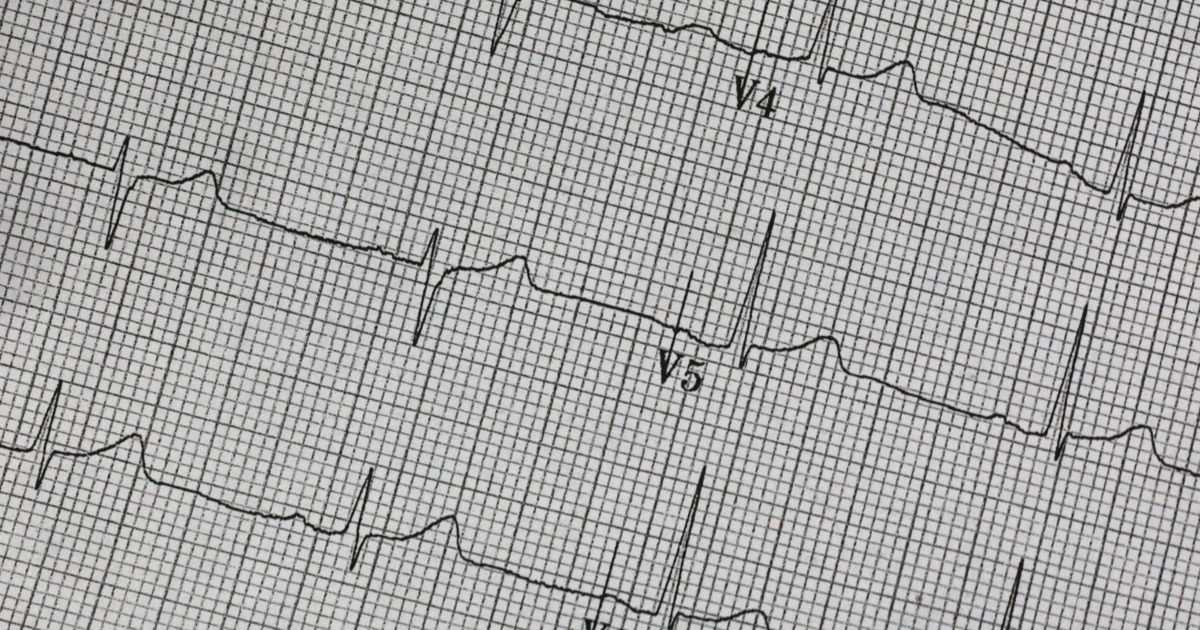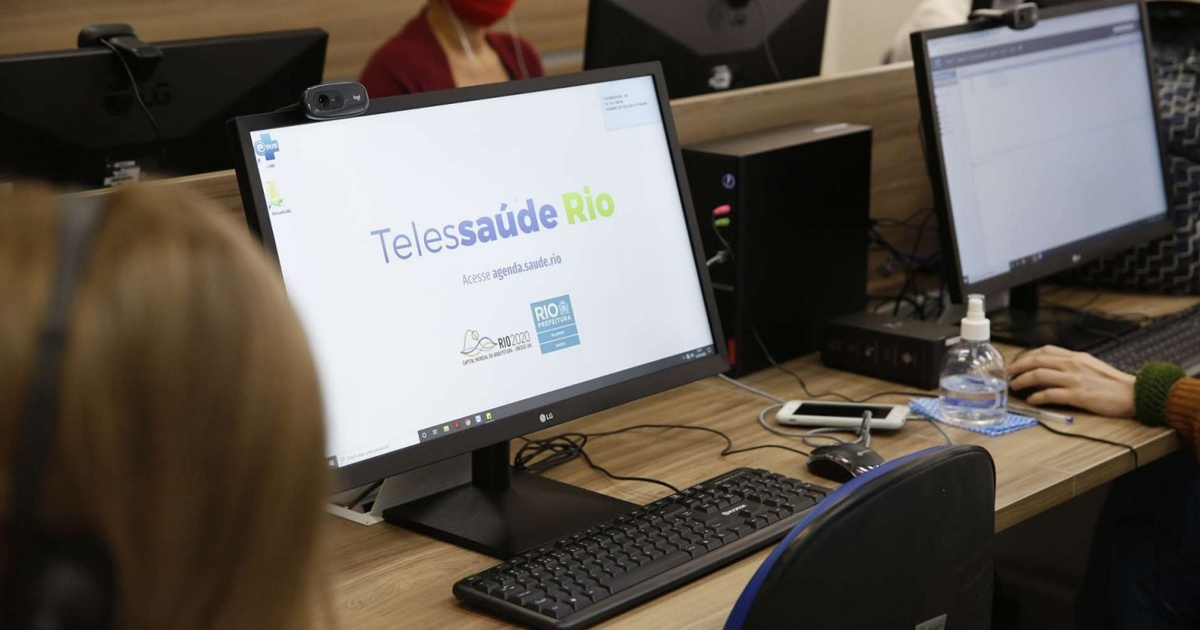Investigadores de la Universidad de Michigan publicaron en npj Digital Medicine, una guía práctica de dermatoscopia para su uso en telemedicina.
La teledermatoscopia es la utilización de imágenes dermatoscópicas en telemedicine, su objetivo es apoyar a distancia en el diagnóstico de enfermedades dermatológicas, así como clasificar y controlar lesiones.
De esta forma la teledermatología requiere forzosamente una consulta a distancia, a través de ella será posible realizar el diagnóstico o brindar asesoramiento terapéutico sobre enfermedades específicas. Al igual que la telemedicine, las consultas de este tipo pueden ocurrir de forma sincrónica, a través de una teleconsulta en tiempo real o asincrónica a través de videos pregrabados y enviados a los pacientes. Asimismo, una técnica importante para la teledermatología, es la trasmisión de imágenes dermatoscópicas.
“La dermatoscopia es una herramienta de diagnóstico esencial para que los dermatólogos visualicen las estructuras epidérmicas, los patrones de pigmentación y los patrones vasculares para ayudar en el examen de las lesiones y la toma de decisiones clínicas”, explican los autores.
La precisión diagnóstica en teledermatología mejora gracias a las imágenes de alta calidad, sin embargo, este es uno de los principales desafíos. Las imágenes de mala calidad pueden reducir la sensibilidad en el diagnóstico de condiciones en la piel.
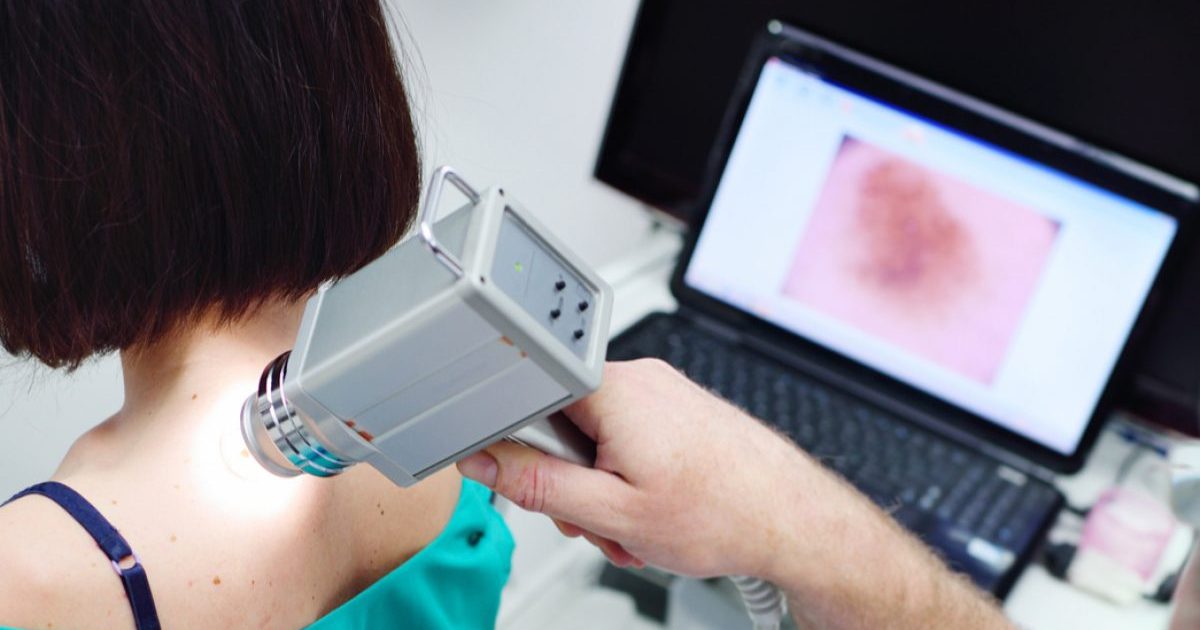
“Para garantizar el beneficio clínico y técnico, la teledermatoscopia debe seguir un enfoque estandarizado y las pautas establecidas en los dispositivos dermatoscópicos, la orientación de la imagen, la resolución, la escala, la medición, el enfoque, la profundidad de campo, el color y el campo de visión”, explica la guía.
Asimismo, la adquisición de imágenes clínicas debe seguir ciertas pautas para garantizar aspectos clave como la iluminación, el fondo, campo de visión, orientación, resolución y escala adecuada.
“La dermatoscopia sigue siendo bidimensional cuando se visualizan las imágenes virtualmente o en persona, lo que la convierte en una excelente herramienta para cualquier modelo de triaje de teledermatología”, explican los autores. No obstante, es importante aclarar que la teledermatoscopia solo debe utilizarse en un contexto clínico apropiado y no para todos los casos, por ejemplo, melanomas menores de 6 mm o ciertas lesiones que pueden tener características más específicas.
Puedes leer la guía completa en el siguiente enlace:


